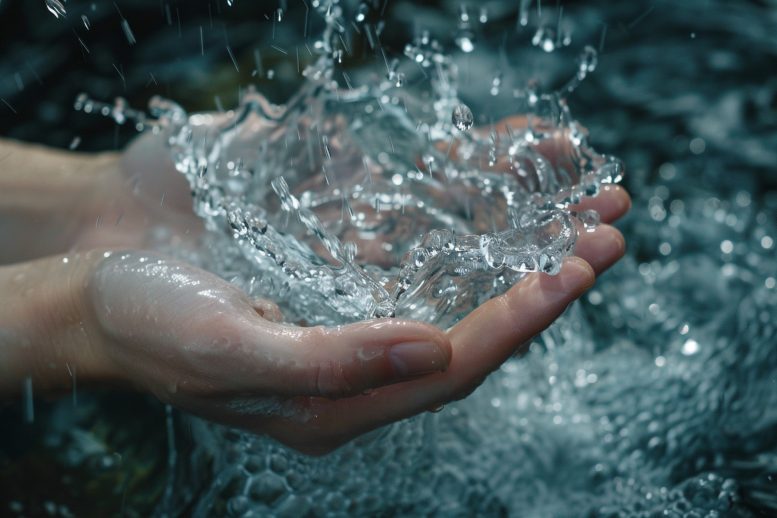A Blueprint for Disaster: Humans Have Pushed Earth’s Freshwater Cycle to Breaking Point

Human activities have pushed the Earth’s freshwater cycle beyond its natural state, with significant alterations observed since the mid-twentieth century due to pressures like damming, irrigation, and climate change. This underscores the critical need for immediate action to safeguard vital freshwater resources.
New research indicates that the worldwide freshwater cycle has undergone significant changes, moving well away from the conditions observed prior to industrialization.
A recent study examining global freshwater resources reveals that human actions have significantly altered the planet’s freshwater cycle, causing variations that far exceed the conditions prior to industrialization. The study shows that the updated planetary boundary for freshwater change was surpassed by the mid-twentieth century. In other words, for the past century, humans have been pushing the Earth’s freshwater system far beyond the stable conditions that prevailed before industrialization.
This is the first time that global water cycle change has been assessed over such a long timescale with an appropriate reference baseline. The findings, published in Nature Water, show that human pressures, such as dam construction, large-scale irrigation and global warming, have altered freshwater resources to such an extent that their capacity to regulate vital ecological and climatic processes is at risk.
Analyzing Human Impact
The international research team calculated monthly streamflow and soil moisture at a spatial resolution of roughly 50×50 kilometers using data from hydrological models that combine all major human impacts on the freshwater cycle. As a baseline, they determined the conditions during the pre-industrial period (1661-1860). They then compared the industrial period (1861-2005) against this baseline.
Their analysis revealed an increase in the frequency of exceptionally dry or wet conditions –deviations in streamflow and soil moisture. Dry and wet deviations have consistently occurred over substantially larger areas since the early 20th century than during the pre-industrial period. Overall, the global land area experiencing deviations has nearly doubled compared with pre-industrial conditions.
…click on the above link to read the rest…